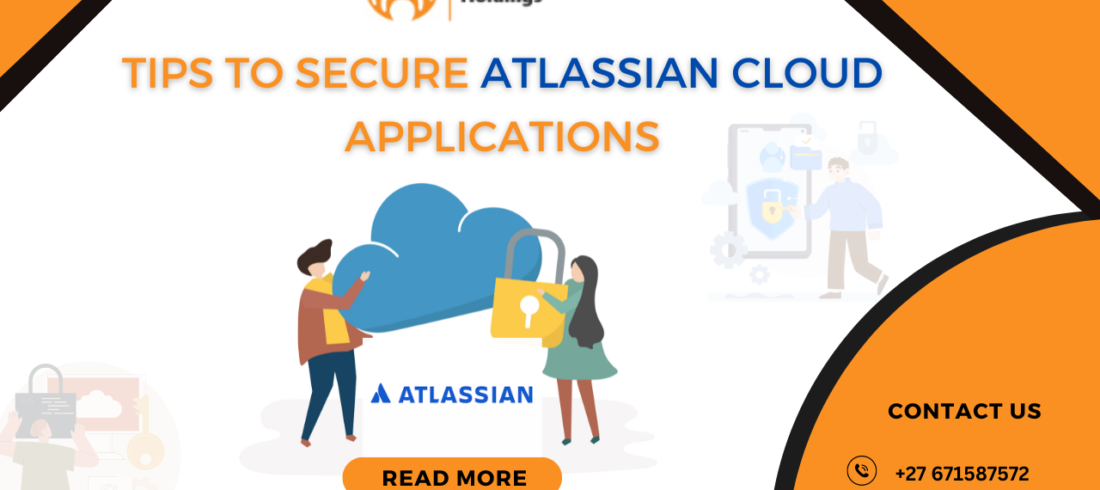
Optimizing Agile Scalability with Atlassian Cloud Solutions
Every organization has its unique approach, in the dynamic landscape of Agile methodologies. This individuality drives the specific configurations and enablement requirements for a Scaled Agile solution. To achieve success with a Jira Scaled Agile solution, it is imperative to have a comprehensive grasp of the following:
Understanding Your Agile Journey: Reflect on your organization’s Agile journey so far. What were the pivotal moments, and what challenges did you encounter in relation to Jira? Acknowledging and overcoming these challenges is crucial as they inform the foundation of your Scaled Agile approach
Assessing Current Team Needs: Take a close look at your current Scaled Agile needs. This encompasses various aspects such as events, reporting, permissions, workflow, and more, all within the Jira ecosystem. Identify pain points that may hinder your teams from performing at their best.
Charting the Path Forward: As your teams evolve and mature with Scaled Agile practices, it becomes vital to architect how Jira can seamlessly scale to cater to their evolving requirements. Additionally, consider how Jira can support governance within your organization’s Agile framework.
Atlassian Cloud: Your Scaled Agile Solution
The landscape of Scaled Agile solutions in Jira Cloud has evolved significantly in the past year. Atlassian has been hard at work addressing key challenges and enhancing the platform in several critical areas:
1. Expanded User Tiers: In the recent past, Jira Cloud was restricted to just 2,000 users. However, Atlassian has substantially increased this capacity, allowing up to 10,000 users in the Cloud. This expanded user tier is a game-changer for larger organizations seeking to implement Scaled Agile.
2. Enhanced Performance: Atlassian has made strides in optimizing performance. They’ve introduced dedicated internal networks, ensuring that users connect to the Atlassian cloud via the nearest private, dedicated internal network, even if the requested content resides in a different region. This optimization accelerates connections and maintains a smooth user experience. Additionally, frequently accessed content is now automatically cached, and a distributed network of servers, known as a Content Delivery Network, swiftly delivers common static assets, enhancing performance across all user requests.
3. Robust Security: Security remains a top priority. Atlassian has implemented encryption for data in transit and at rest, bolstering data protection. Administrative controls have been fortified to enforce organization-wide security measures, including Security Assertion Markup Language (SAML), Single Sign-On (SSO), Two-Factor Authentication (2FA), and System for Cross-domain Identity Management (SCIM).
Growing Add-ons and Applications: The Atlassian ecosystem continues to expand with a growing array of add-ons and applications. These offerings support nearly all the functionality required for your Agile implementation, making it easier than ever to tailor your Atlassian Cloud to your specific needs.
These transformative changes have positioned Atlassian Cloud as a compelling choice for enterprise clients looking to facilitate a Scaled Agile implementation. With the tools necessary to support your Agile methodology now readily available and Atlassian Cloud’s readiness, the question that arises is: What does this transformation entail?
Distinguishing Features of Jira Cloud
Jira Cloud stands apart from its Server and Data Center counterparts due to variations in hosting and accessibility. These disparities can significantly impact your Jira configuration:
1. Add-ons and Applications: While many common add-ons and applications are available for Atlassian Cloud, not all of them have made a seamless transition. This divergence arises from differences in the cloud’s API, necessitating substantial redesign and architectural adjustments for most add-ons and applications. Consequently, even if you’re using the same add-on/application, you may encounter disparities in functionality between the Cloud and Server/Data Center versions. This variance can affect a wide range of add-ons and applications, including those related to reporting, visibility, connectors, integration, automation, and key Agile tools like estimation, sprint analyzers, and dashboarding.
2. Migration Approach: Although the cloud migration assistant is a valuable resource, it doesn’t cover all the essential aspects of cloud migration. Some critical considerations left unaddressed include application migration, upgrades required for your current server or data center instances to support migration, and post-migration validation and verification.
3. Governance Advantages: Despite these challenges, Jira Cloud offers unique governance features that can benefit your organization. These include audit logging, backup automation, sandbox automation, and process and workflow automation. These tools enhance control and oversight, providing valuable support for your governance initiatives.
4. Enablement Requirements: While the User Interface (UI) of Cloud and Server/Data Center versions are gradually becoming more alike, there are still distinctions in both UI and functionality within the Cloud. Consequently, there’s a need for fresh enablement and training for both end users and administrators to adapt to these variations effectively.
Conclusion
Jira Cloud introduces a set of unique characteristics and challenges compared to its Server and Data Center counterparts. These differences encompass add-ons, migration strategies, governance features, and the need for updated training. Understanding these distinctions is crucial for organizations navigating the transition to Jira Cloud. In essence, the core principles and structure of your Scaled Agile solution in Jira remain steadfast, regardless of your chosen hosting platform. This continuity is a deliberate effort to simplify your migration journey and ensure that your organization can seamlessly embrace the benefits of the Cloud.

